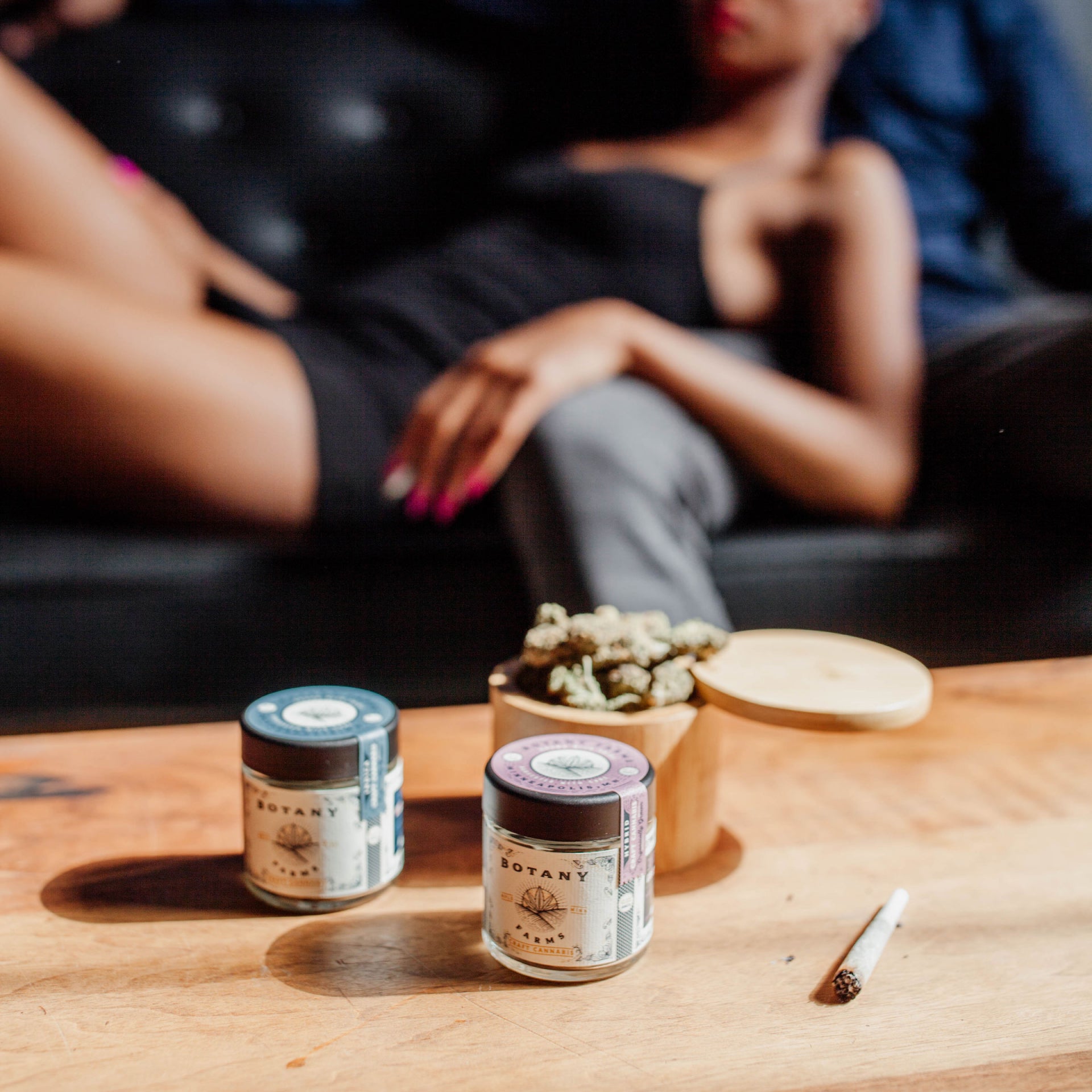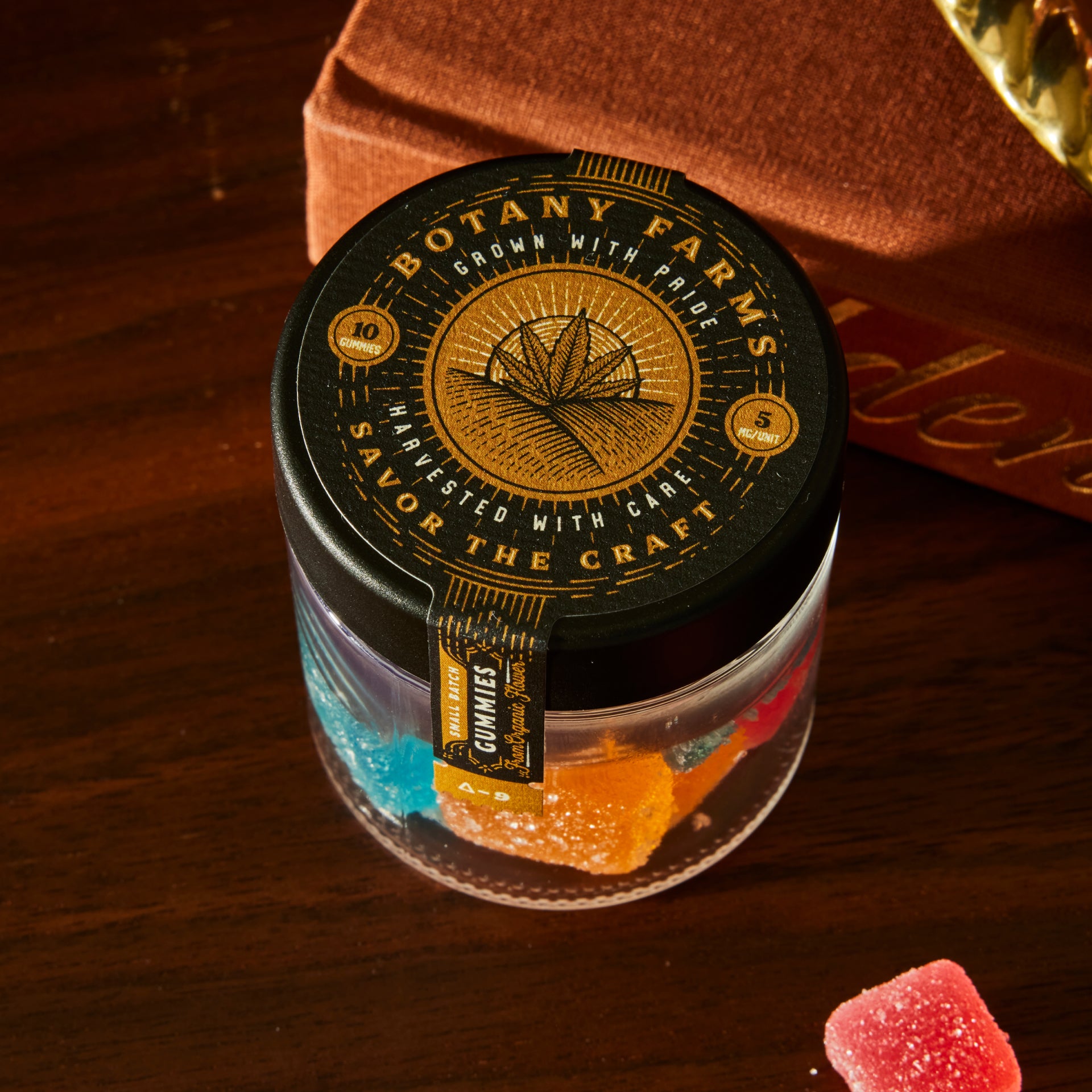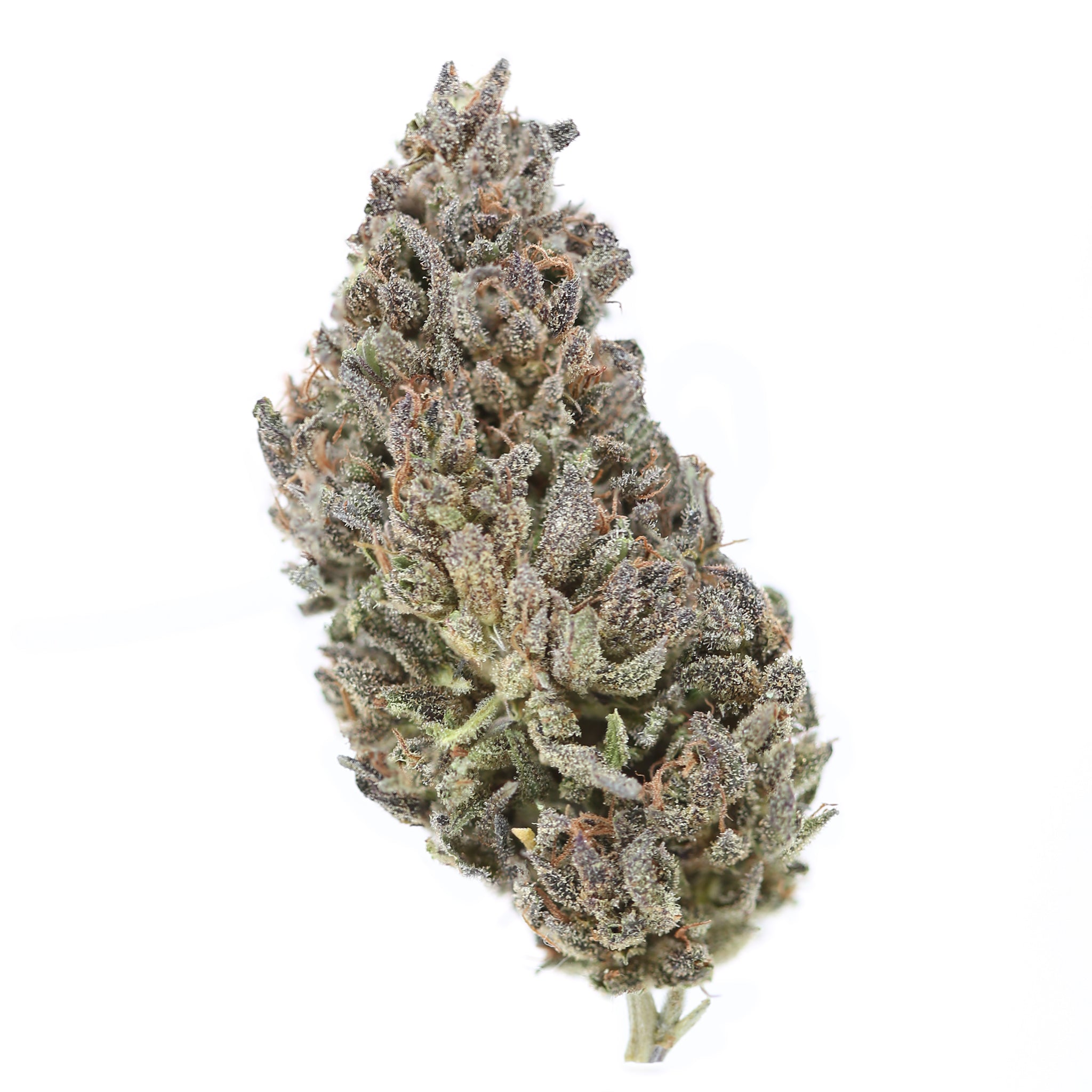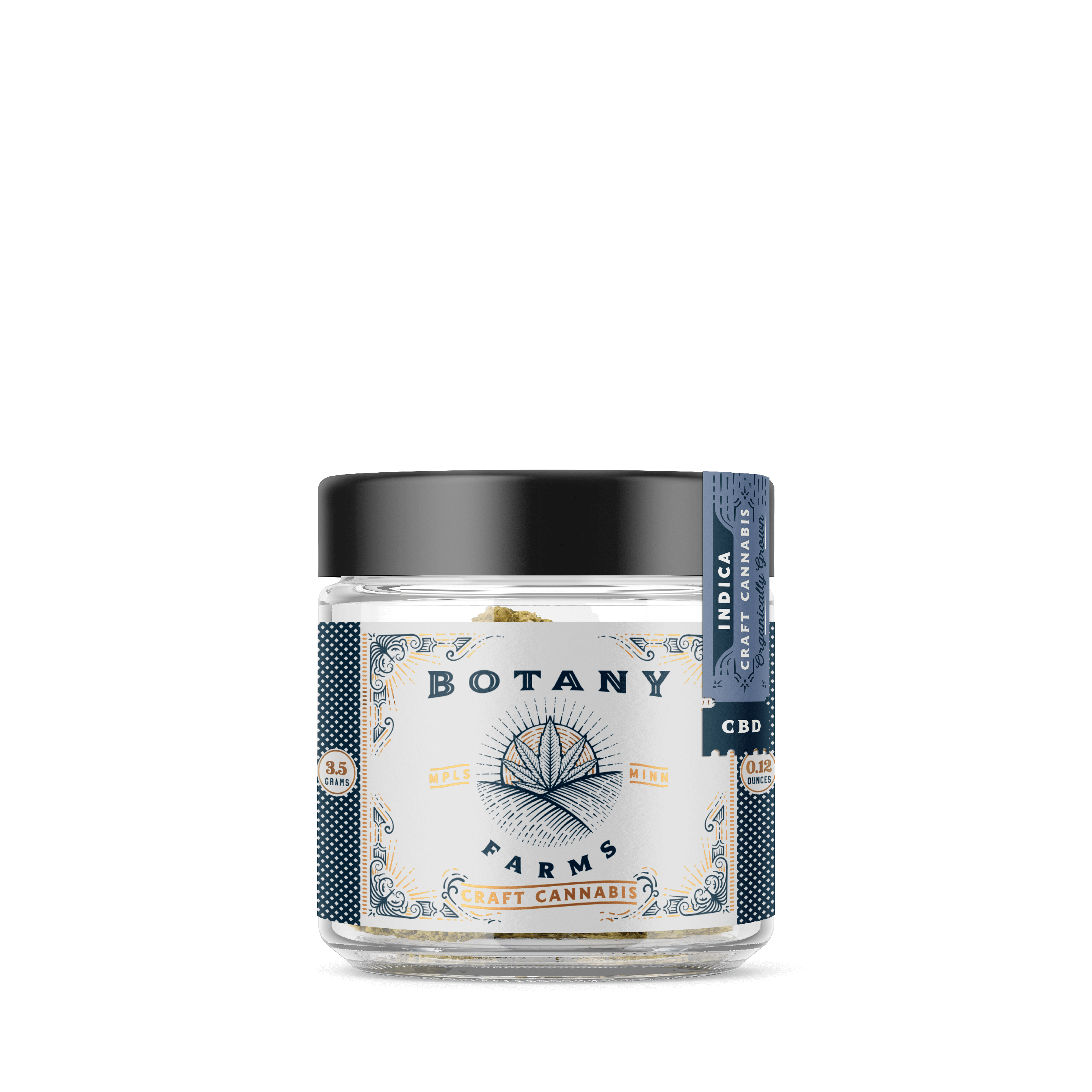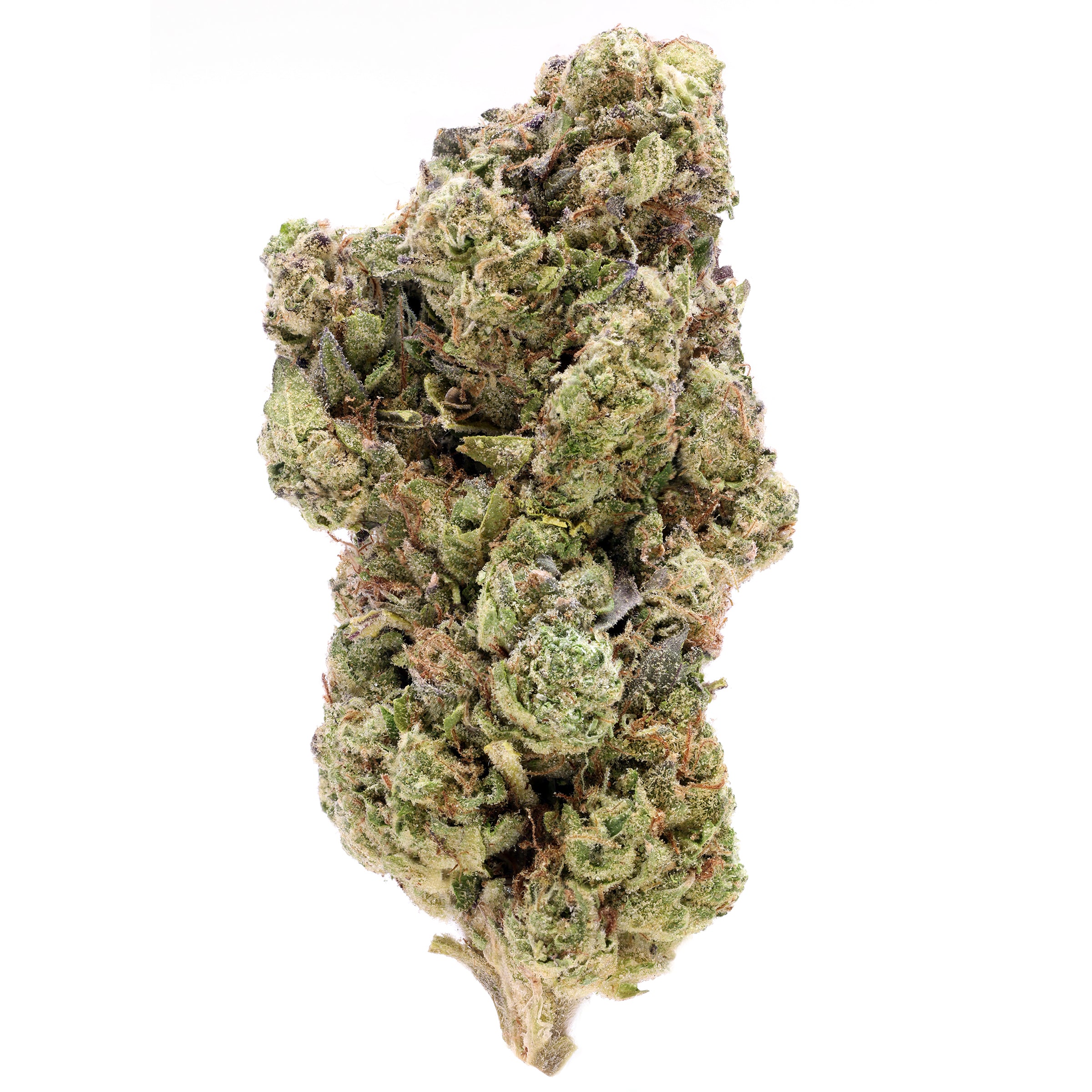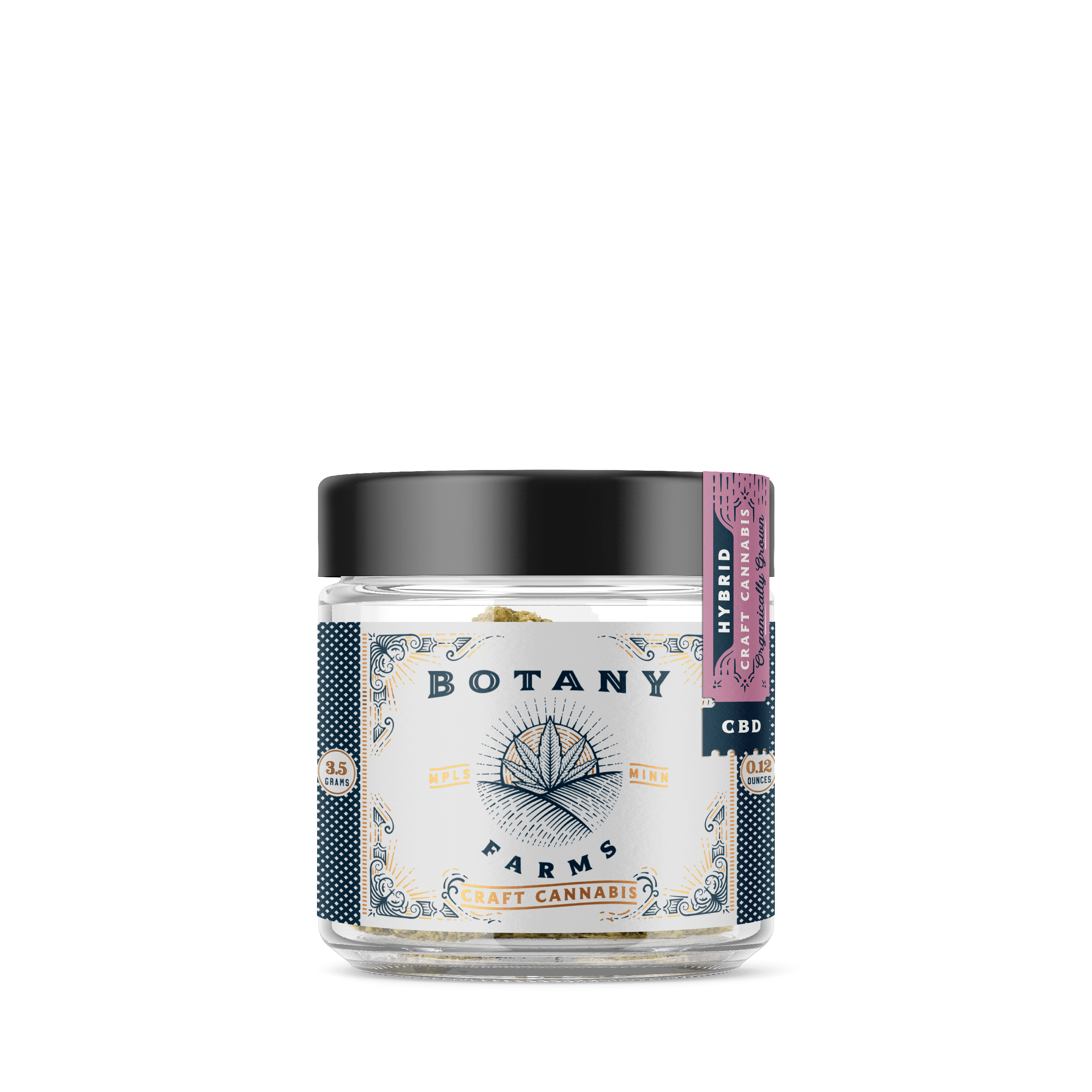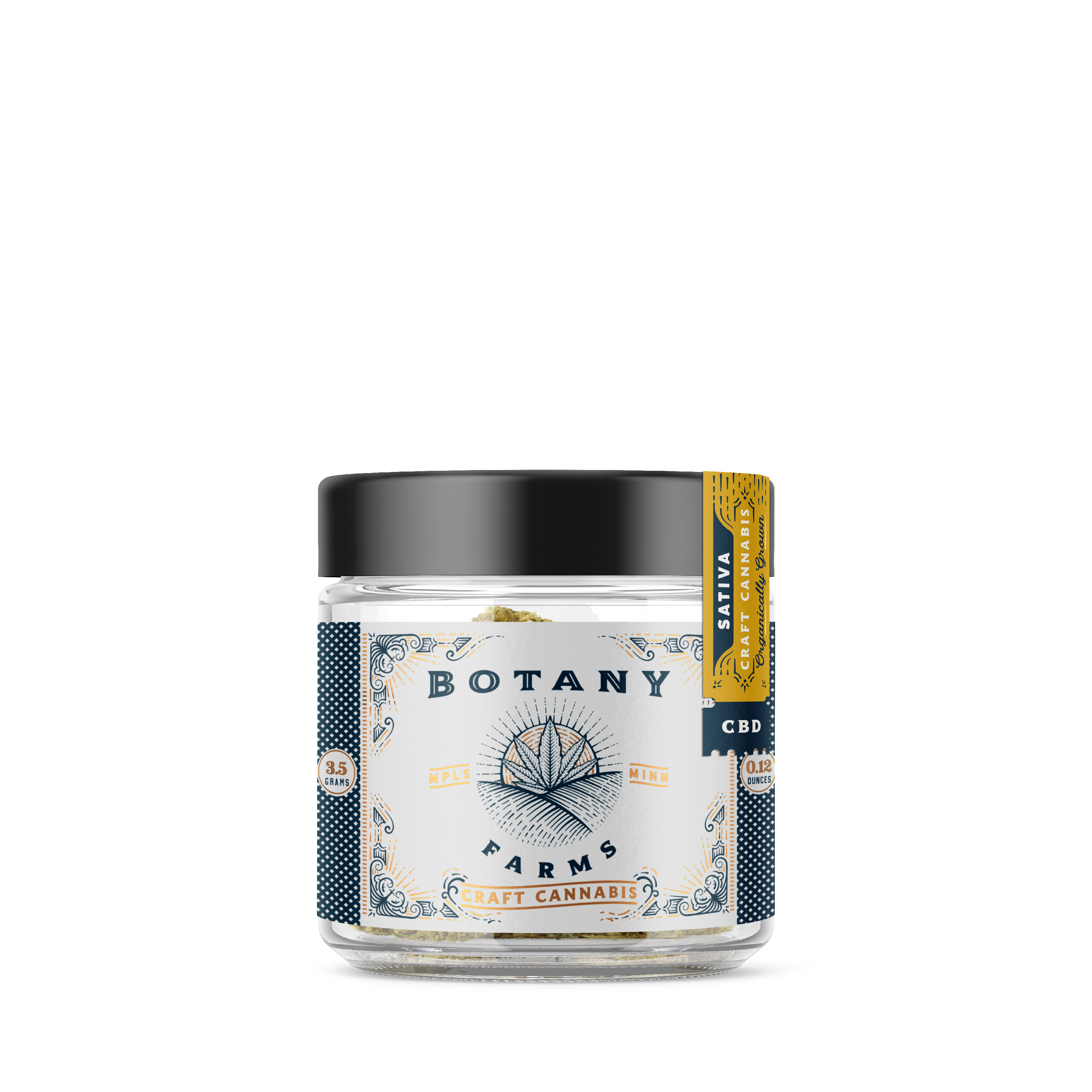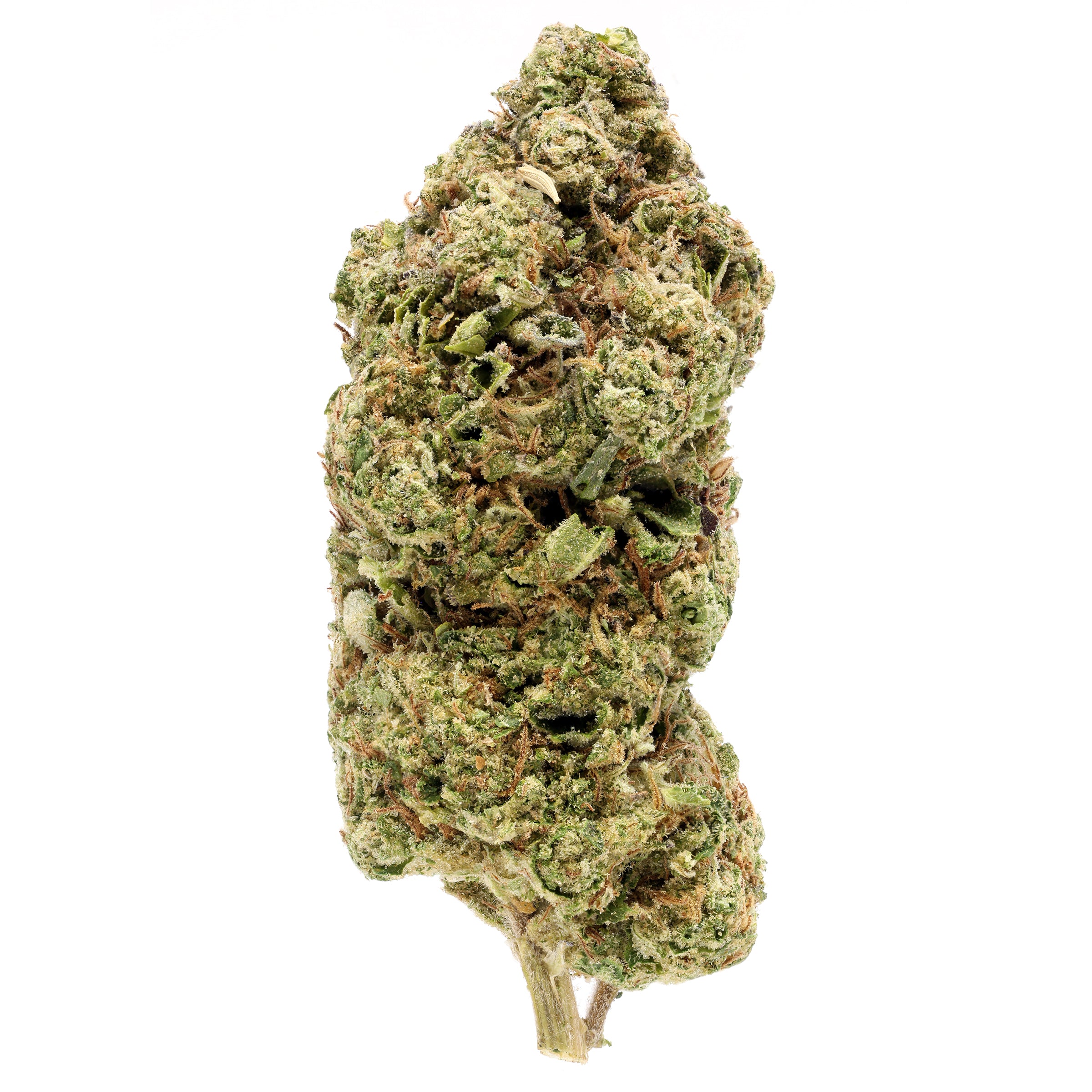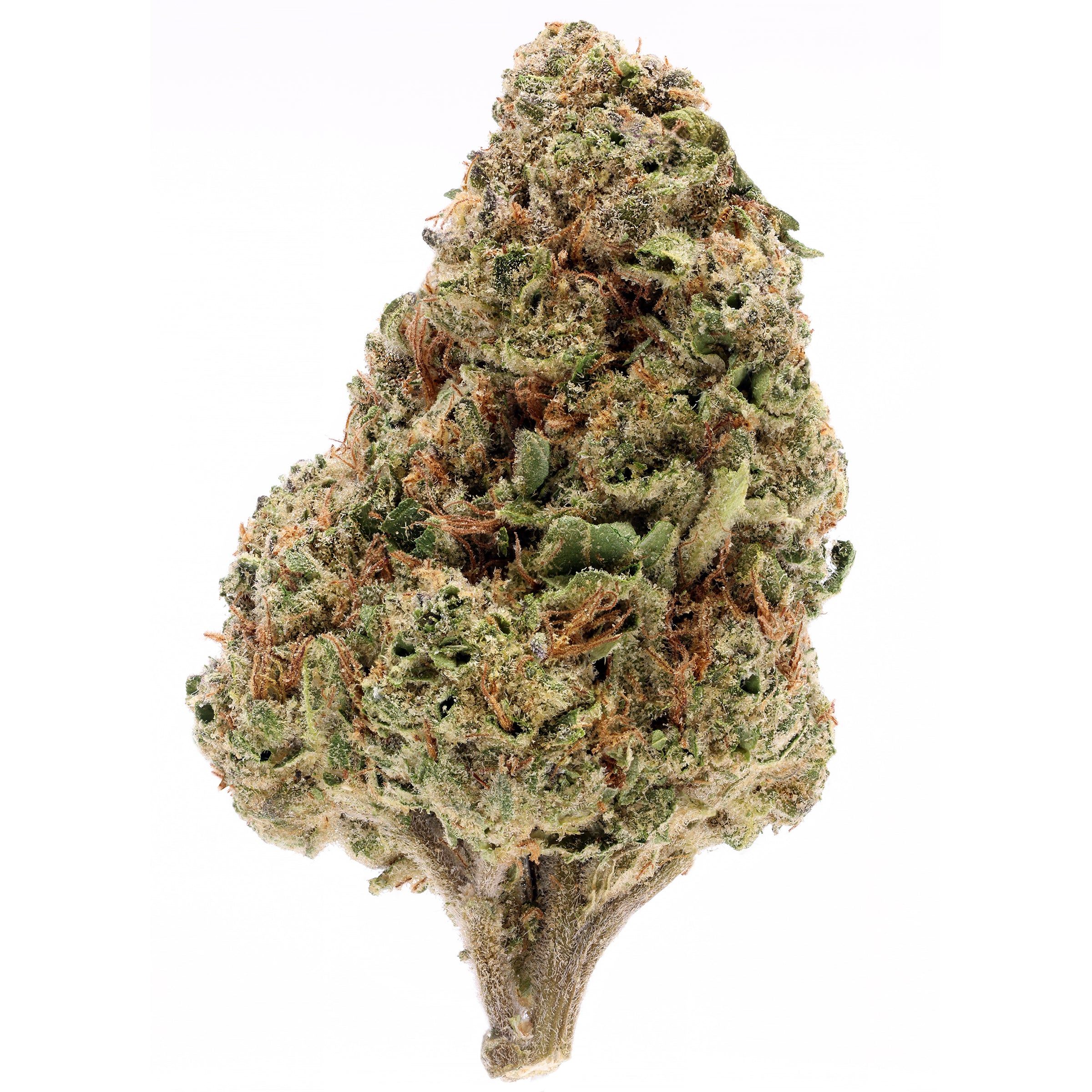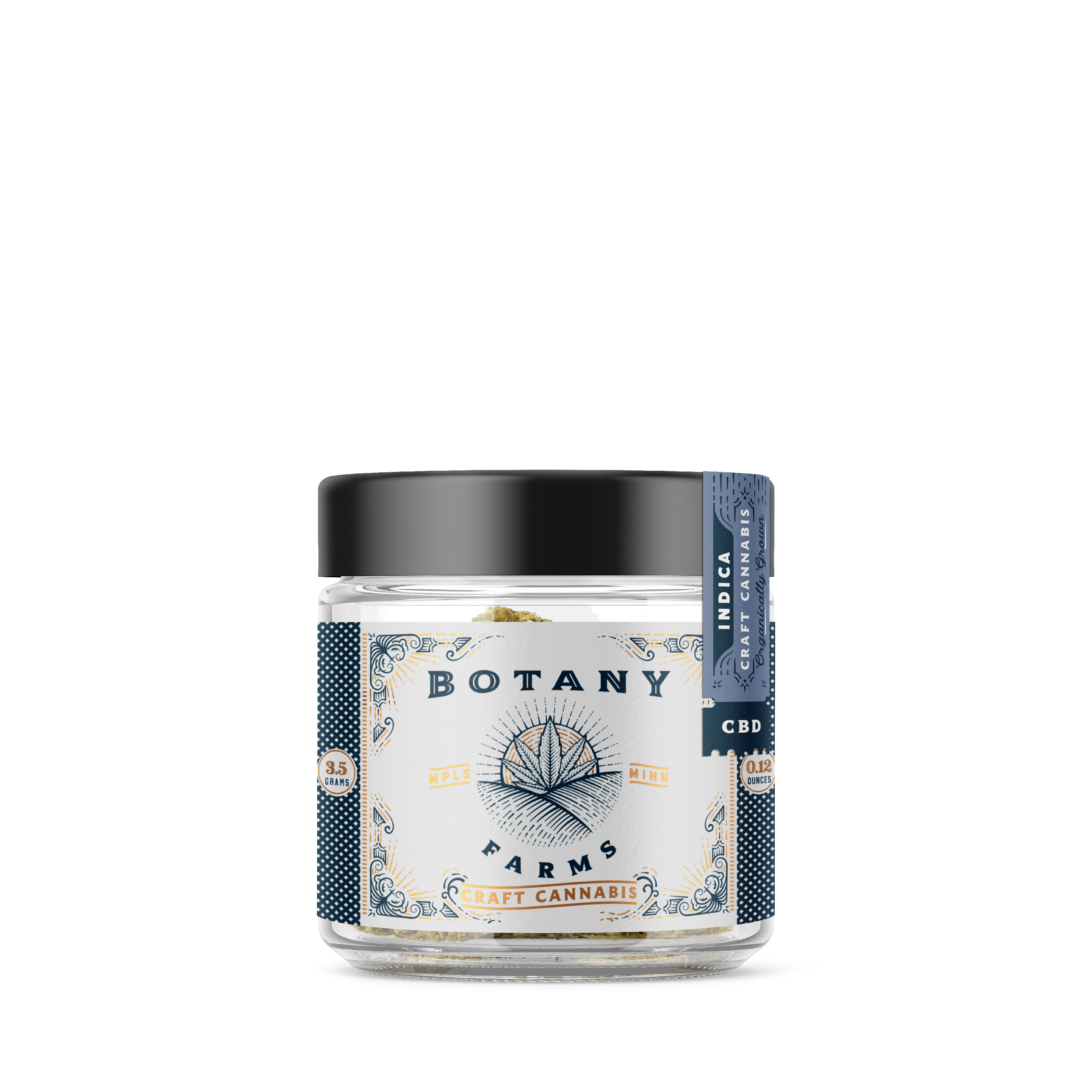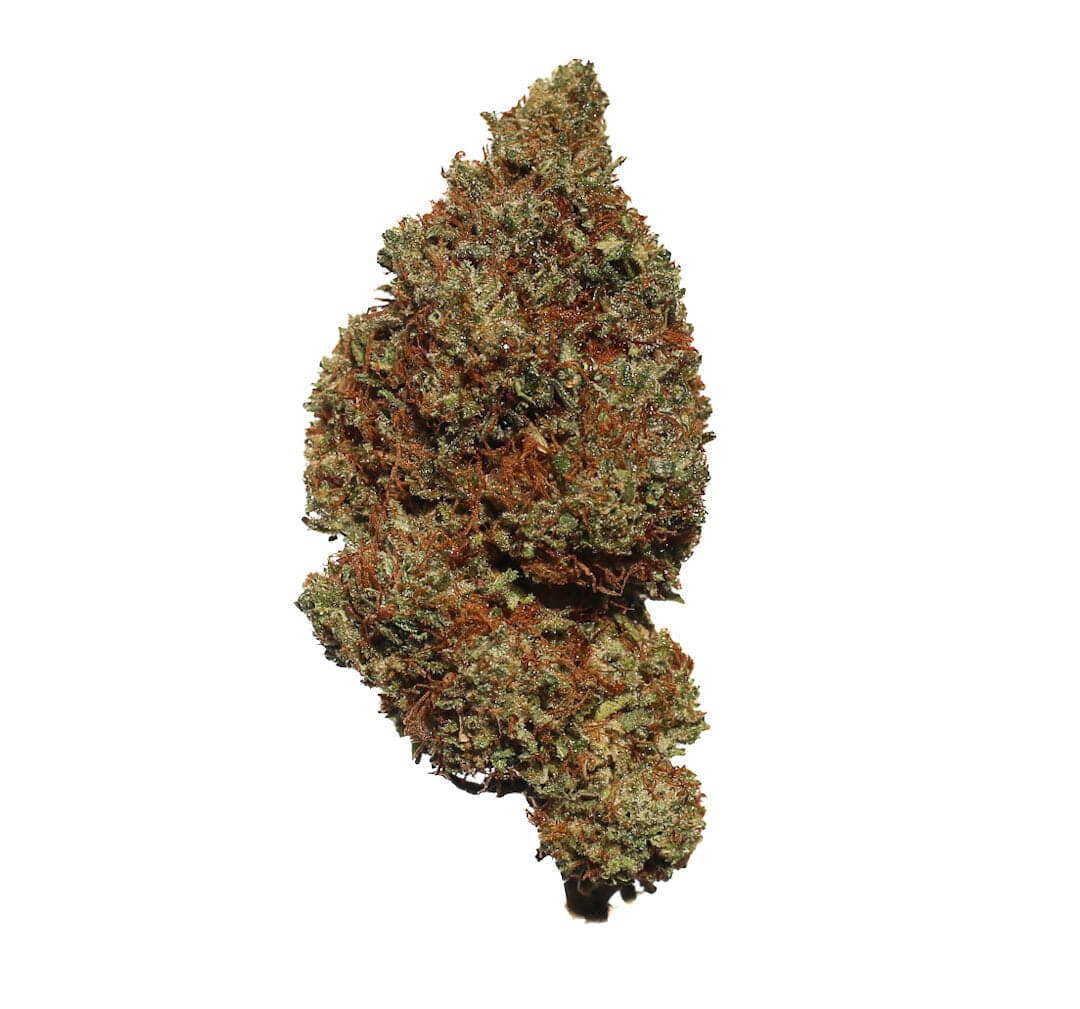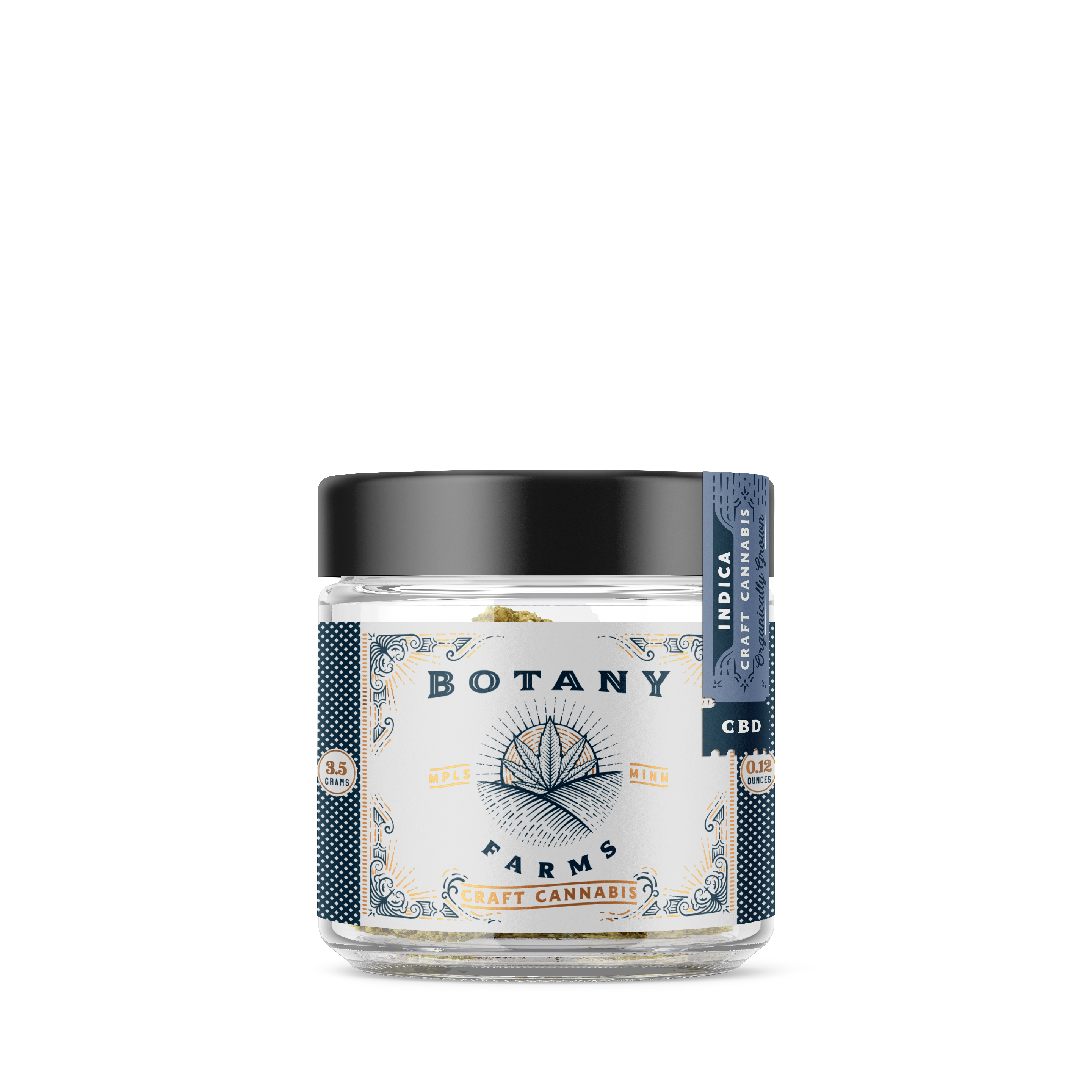The cannabis industry has taken a dizzying turn, with an increasing expansion that seems unstoppable. Cannabis enthusiasts are always looking for new products, methods, and consumption techniques, and cannabis extracts are among the most recent and acclaimed ways to experience cannabis like never before. As cannabis science and the demand for new cannabis extracts grows, new techniques and methods continue to emerge to push the limits of what is possible up and away. One of the latest advances that has captured the attention of many users lately is CRC (Color Remediation Column) extraction.
Experts project this relatively new method as a game-changer in the cannabis industry, particularly in the realm of cannabis concentrates. If you want to understand what exactly CRC extraction is and its potential in the cannabis industry, you've found the golden spot! In the following post, you will find everything you need to know about CRC extraction, its origins, and the science behind this novel extraction method that is making waves in the cannabis industry.
Key takeaways
- Cannabis concentrates are products created by extracting one or more compounds from cannabis plants, such as cannabinoids and terpenes, leaving behind unwanted plant material.
- CRC extraction, short for Color Remediation Column extraction, is one of the latest buzz in the world of cannabis concentrates that stands out for its unique ability to address the limitations of traditional extraction methods.
- By removing these impurities, CRC aims to produce a more refined and visually appealing final product, which is a crucial factor for both consumers and manufacturers.
- CRC extraction typically involves passing a solution of cannabis extract and solvent from a column packed with specific materials designed to selectively remove impurities.
- Whether you're interested in dabbing, vaping, or incorporating them into edibles, CRC extracts offer an innovative avenue to explore.
Understanding Cannabis Concentrates
It is crucial to put ourselves in context regarding cannabis concentrates in order to immerse ourselves in the intricate complexity of CRC extraction. Cannabis concentrates are products created by extracting one or more compounds from cannabis plants, such as cannabinoids and terpenes, leaving behind unwanted plant material. Concentrates are prized for their potency, purity, and versatility.
The Allure of Concentrates
Cannabis concentrates are enjoying growing popularity due to their enhanced potency and ability to provide a way to enjoy the potential benefits of cannabis in a more concentrated form. Whether you're looking for a smoother smoking experience, a discreet way to enjoy cannabis, or a cleaner, more flavorful product, concentrates offer a versatile and appealing option. It is vital to explore traditional extraction methods and the limitations that may arise to appreciate the significance of CRC extraction.
Traditional Extraction Methods
The most commonly used traditional extraction methods to produce cannabis concentrates are CO2 extraction and butane hash oil. But although these extraction methods have undoubted merits, they also present certain limitations. For instance, traditional methods may not always yield the final product's desired color, consistency, or flavors. It is precisely at this point that CRC extraction steps in as an innovative solution to address these issues.
What is CRC extraction?
CRC extraction, short for Color Remediation Column extraction, is one of the latest buzz in the world of cannabis concentrates that stands out for its unique ability to address the limitations of traditional extraction methods. However, the term “CRC” also generates a certain level of mystique and intrigue, leaving many wondering what it truly entails.
Defining CRC Extraction
At its core, CRC extraction is all about achieving a specific goal: the removal of unwanted compounds, impurities, and undesirable colors from cannabis concentrates. The “Color Remediation” aspect is key, as it sets CRC apart from other extraction methods. By removing these impurities, CRC aims to produce a more refined and visually appealing final product, which is a widespread goal for both consumers and manufacturers.
The Science Behind the Process
Let's grasp some of the underlying scientific principles to understand the ultimate goal of CRC extraction better. Achieving a high-quality end product starts with the selection of quality materials. Using high-grade cannabis flower or trim and avoiding PGR (Plant Growth Regulator) weed is crucial to ensure the quality of the final product.
The mechanisms behind CRC extraction are rooted in the physical and chemical properties of the compounds involved. Understanding concepts such as polarity, and molecular weight, and how these affect the separation process is essential to grasping the essence of CRC extraction.
The CRC Extraction Method
Now that we have a better picture of the science behind the process, we can dive into the actual CRC extraction method itself. CRC extraction typically involves passing a solution of cannabis extract and solvent from a column packed with specific materials designed to remove impurities selectively.
Step-by-Step Process
Next, we will display the step-by-step process of the CRC extraction process:
- Preparation: Start by obtaining high-quality raw cannabis plant material, ensuring they are free of contaminants.
- Solvent-soluble Impurities: Dissolve the raw materials in a suitable solvent to extract the target compounds, leaving impurities behind.
- Chromatography Column: The resulting solution is passed through a specialized column containing absorbent materials that capture impurities.
- Filtration: The content of the columns is filtered, separating the purified solution from impurities.
- Collection: The final product is collected, resulting in a highly refined cannabis concentrate with improved color, clarity, and purity.
Equipment Essentials
It is necessary to have certain specialized equipment to carry out CRC extraction successfully. Some of the equipment essentials of the CRC extraction process include:
- CRC Column: At the heart of the process, this column contains absorbent materials that selectively trap impurities.
- Solvent: A suitable solvent to dissolve the raw materials and extract the desired compounds.
- Filtration system: This filtration system allows us to separate the purified solution from unwanted impurities.
- Collection vessel: It is a container to collect the final product.
Weighing the Pros and Cons
As with other extraction methods, CRC extraction comes with its own set of advantages and disadvantages. It is vital to comprehensively weigh these aspects to understand the CRC extraction technique.
Advantages of CRC Extraction
- Enhanced purity: CRC extraction produces highly refined concentrates with improved purity and clarity.
- Aesthetic appeal: The final products are visually striking, with vibrant colors and remarkable clarity.
- Cleaner flavor: The removal of impurities results in a cleaner, more authentic flavor profile.
- Versatility: CRC extracts are highly versatile and can be used in various applications, from dabbing to vaping to edibles.
- Consumer appeal: The aesthetic appeal and improved quality of CRC extracts make them appealing to consumers seeking a premium experience.
The Flipside: Criticisms and Controversies
As with many innovations, CRC extraction is the subject of criticism and controversy. Nevertheless, it is crucial to have a balanced perspective of this novel extraction method to understand the full scope of the technique.
Identifying CRC Extracts
Given the complexities and variations in cannabis extracts, it is crucial that users know how to identify the different types of products on the market accurately. Understanding the differences between various extracts, such as hemp oil extract, distillates, live resin, and CRC extracts, is vital for making informed buying decisions.
Visual and Labeling Cues
One way to distinguish CRC extracts from others is by keeping certain visual and labeling cues in mind. Labels should ideally provide detailed information about the extraction method and product quality. Visual cues include clarity, color, and consistency. High-quality CRC extracts are famous for their stunning clarity and vibrant colors.
Ensuring Quality and Safety
It is crucial to consider COAs or third-party testing and rely on reputable sources to ensure quality and security when purchasing CRC extracts. Third-party testing verifies product content, including terpene and cannabinoid profiles. The most reputable products and brands are usually famous for their transparency and commitment to quality.
Looking Ahead: CRC Extraction's Industry Footprint
CRC extraction represents an exciting and promising option for individuals who seek to enjoy the benefits of cannabis in its concentrated forms. Whether you're interested in dabbing, vaping, or incorporating them into edibles, CRC extracts offer an innovative avenue to explore.
Evolution and Acceptance
As demand for cleaner, better quality products in terms of flavors, aromas, and experience increases, CRC extracts have the potential to become as popular as other novel extract products, such as live resin CBD tinctures, live resin Delta-8 tinctures, and live resin THCV vape carts. These products already enjoy wide fame in the industry, and CRC extracts could suit as more consumers discover their unique qualities.
Regulatory Forecast
The future of CRC extraction could be influenced by potential federal and state-specific legal changes or restrictive measures akin to some regulations surrounding products containing potentially psychoactive alternative hemp-derived cannabinoids, like Delta-8 carts. Staying informed about upcoming industry regulations or standards is essential for both manufacturers and users to navigate the evolving ocean of cannabis concentrates safely.
Final Thoughts
In the exponentially growing universe of cannabis extraction, CRC extraction stands out as an innovative and exciting method. Its ability to produce highly refined, visually appealing, and versatile concentrates is a game changer. Nonetheless, like any advancement in the cannabis industry, CRC extraction comes with its share of complexities and considerations.
By understanding the science behind CRC extraction, the equipment required, the pros and cons, and how to identify quality products, users can make more informed decisions and fully appreciate the potential of this evolving extraction technique. As CRC extraction continues to take shape in the changing cannabis landscape, it is crucial to keep an eye on future regulatory developments that could contribute to the future growth and acceptance of this novel method in the industry.
CRC Extraction: Frequently Asked Questions
What is CRC?
CRC stands for Color Remediation Column, a key component in this cannabis extraction process. The Color Remediation Column is designed to selectively remove impurities and undesirable colors from cannabis concentrates, resulting in a refined and visually appealing final product.
Does CRC Extraction Affect the Quality of Cannabis Concentrates?
CRC extraction enhances the quality of cannabis concentrates by removing impurities and undesirable colors, resulting in a cleaner, purer product. Nevertheless, it could sometimes inadvertently remove desirable compounds, affecting the flavor profile or physical effects, making it vital for users to source their extracts from reputable sources.
Why Do Some People Say CRC Wax is Bad for You?
Some users express concerns about the safety of CRC wax due to potential variations in product quality and sourcing. Obtaining CRC extracts from reputable, compliant producers who prioritize transparency and quality control is crucial to ensure security.
How Can Consumers Verify the Authenticity of CRC Extracts?
Users can verify the authenticity of CRC extracts by examining lab testing reports, checking for transparent and detailed product labeling, and purchasing from reliable vendors with a proven track record of product quality and transparency.
Is CRC Extraction Considered a Solventless Method?
CRC extraction is not considered a solventless method; it is used along with various solvent-based extraction methods, focusing on refining and improving the quality of extracts obtained through solvent-based processes.
Can CRC Extracts Be Used for Products Other Than Cannabis Concentrates?
CRC extracts have a versatility that goes beyond cannabis concentrates and can potentially be used in other industries or with different types of botanical extracts. CRC extraction's ability to enhance clarity and purity makes it appealing for various applications.
Are CRC Extracts More Expensive Than Regular Extracts?
Yes, CRC extracts can sometimes be more expensive than other similar extracts. Nevertheless, the price of CRC extracts can vary based on several factors, including production complexity, equipment cost, market demand, and producer reputation. While CRC extracts may be pricey due to the specialized equipment used in their extraction and their refined quality, market dynamics ultimately influence the cost.





